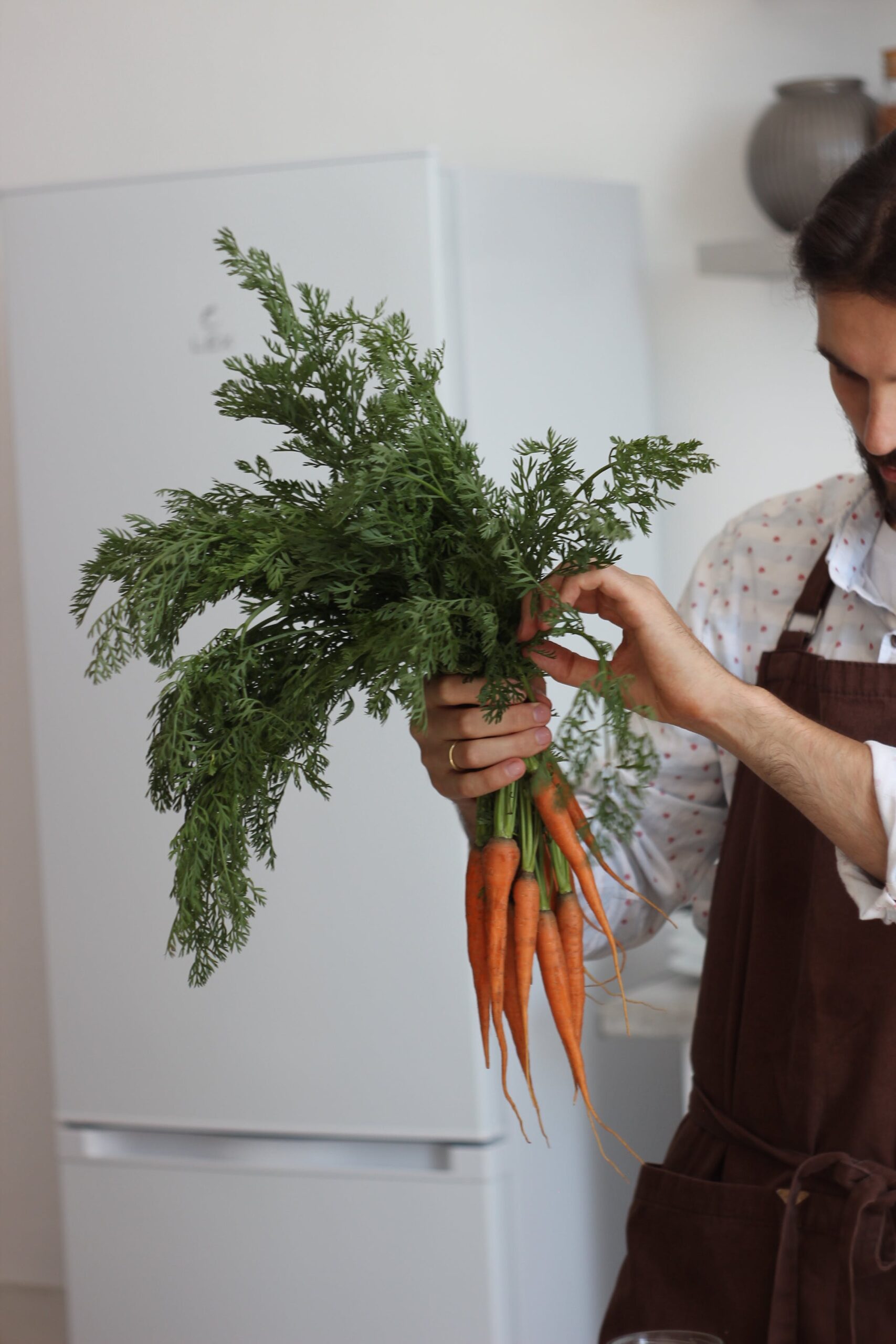
Carrots are a versatile and nutritious addition to our kitchen, but keeping them fresh can sometimes be a challenge. Whether you’re storing whole carrots, baby carrots, or peeled and cut carrots, the right techniques can help them last longer and retain their crispness. Let’s dive into the best ways to store carrots at home.
How Long Do Carrots Last
The shelf life of carrots depends on their form and storage conditions:
- Whole Fresh Carrots: Stored in the crisper drawer of your refrigerator, whole fresh carrots can last for about 3 to 4 weeks.
- Baby Carrots: Baby carrots, kept in their original packaging or in a container of water, can last for about 3 to 4 weeks in the refrigerator.
- Peeled or Cut Carrots: Once peeled or cut, carrots should be stored in water in a sealed container. They typically last for about 2 to 3 weeks in the fridge.
- Cooked Carrots: Cooked carrots last for about 3 to 5 days in the refrigerator.
- Frozen Carrots: If properly stored, frozen carrots can last for up to 12 months in the freezer.
To ensure you carrots last as long as possible, continue reading as we break down how to store whole carrots, baby carrots as well as cooked carrots!
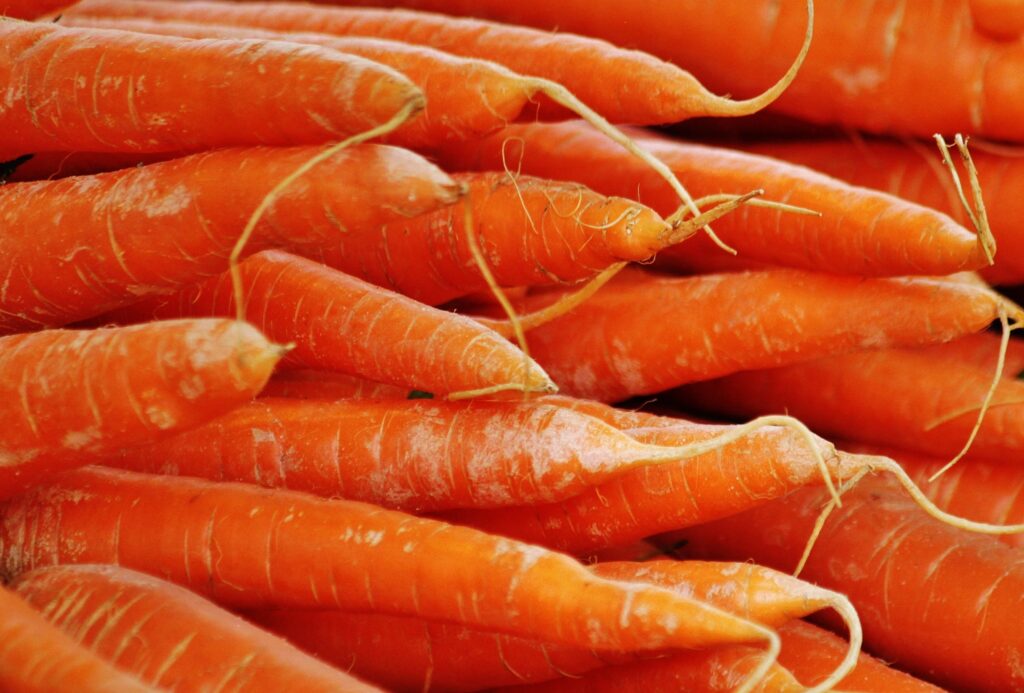
Storing Whole Carrots
Whole carrots with their green tops still attached are often fresher than pre-packaged ones. For longer shelf life, first remove the green tops, as they can draw moisture from the carrot root. Store these whole carrots in an airtight container or a plastic bag in the crisper drawer of your refrigerator. This will help maintain their freshness and prevent them from becoming limp.
Should You Rinse Carrots Before Storing
Rinsing carrots before storing them is generally not recommended, especially if you plan to store them for an extended period. Here’s why:
- Moisture Promotes Decay: When you rinse vegetables before storing, they retain moisture. This excess moisture can accelerate decay and mold growth, especially in root vegetables like carrots.
- Risk of Contamination: Wet carrots may also become a breeding ground for bacteria, especially if stored in an environment that isn’t adequately ventilated or is too warm.
- Shortened Shelf Life: The presence of water can hasten the deterioration of the carrot’s texture and firmness, leading to a shortened shelf life.
However, it’s important to balance this advice with the need for food safety:
- Wash Before Use: It’s always a good practice to wash carrots thoroughly under running water just before you use them. This removes any dirt, bacteria, or pesticides that may be on the surface.
- Exception for Immediate Use: If you’re planning to use the carrots soon after purchasing, then washing them before storing for a short period won’t be as harmful. Just ensure they are dried thoroughly before storing.
In conclusion, for long-term storage, it’s best to store carrots unwashed in a cool, dark place like a refrigerator’s crisper drawer. Wash them thoroughly only when you’re ready to use them to ensure both safety and longevity.
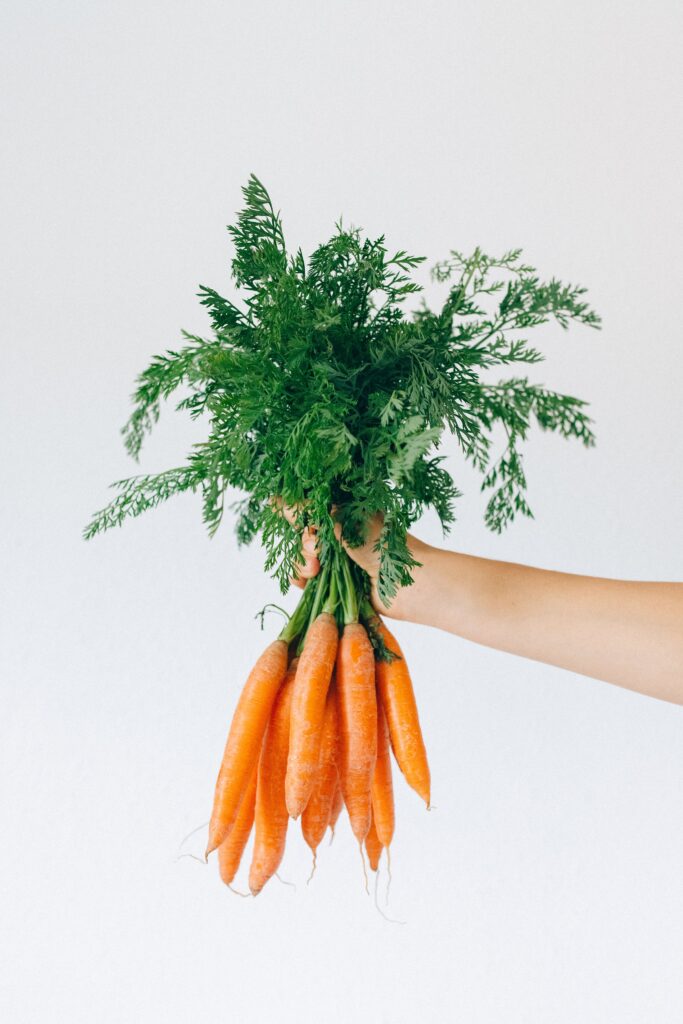
Washing Whole Carrots: Step-by-Step Guide
Washing whole carrots properly is important for removing any dirt, pesticides, or bacteria from their surface, especially since carrots are often grown in soil. Here’s a step-by-step guide to effectively wash whole carrots:
- Remove Green Tops: If your carrots still have their green tops, remove them before washing. The greens can be stored separately or used in recipes, but they draw moisture from the carrot, causing it to wilt faster.
- Rinse Under Cold Running Water: Hold the carrots under cold running water. You don’t need to use any vegetable washes, soaps, or detergents, as these can leave a residue.
- Scrub the Surface: Use a clean vegetable brush to gently scrub the carrots. This is particularly important for whole, unpeeled carrots, as their skin can trap soil and small particles. Ensure you scrub all around the carrot, paying extra attention to any grooves or crevices.
- Rinse Again: After scrubbing, rinse the carrots again under cold running water to wash away any loose dirt or debris.
- Pat Dry: Once washed, pat the carrots dry with a clean cloth or paper towel. Removing excess moisture helps prevent spoilage if you’re not using the carrots immediately.
- Cut Off Any Blemishes: If there are any discolored or soft spots, cut them away with a knife before using or storing the carrots.
- Store Properly: If you’re not using the carrots right away, store them in the refrigerator, preferably in the crisper drawer for optimal humidity control.
Remember, it’s best to store them dry and unwashed until you’re ready to use them.
How to Store Baby Carrots
Baby carrots are a convenient snack, but they can dry out quickly. To keep them fresh, store baby carrots in cool water in an airtight container. Change the water every few days to keep it clean. This method helps retain their crunch and freshness.
How to Store Peeled Carrots
If you’ve peeled or cut carrots for a recipe, storing them properly is crucial. Place these carrots in a container filled with ice water. The cold water helps keep the carrots crisp and fresh. You can also wrap them in a damp paper towel before placing them in a plastic bag or container for added moisture retention.
How to Store Cooked Carrots
Cooked carrots need to be handled differently. Once cooked, cool them quickly and store them in a covered container in the fridge. They should last for several days, ready to be reheated and added to your favorite recipes.
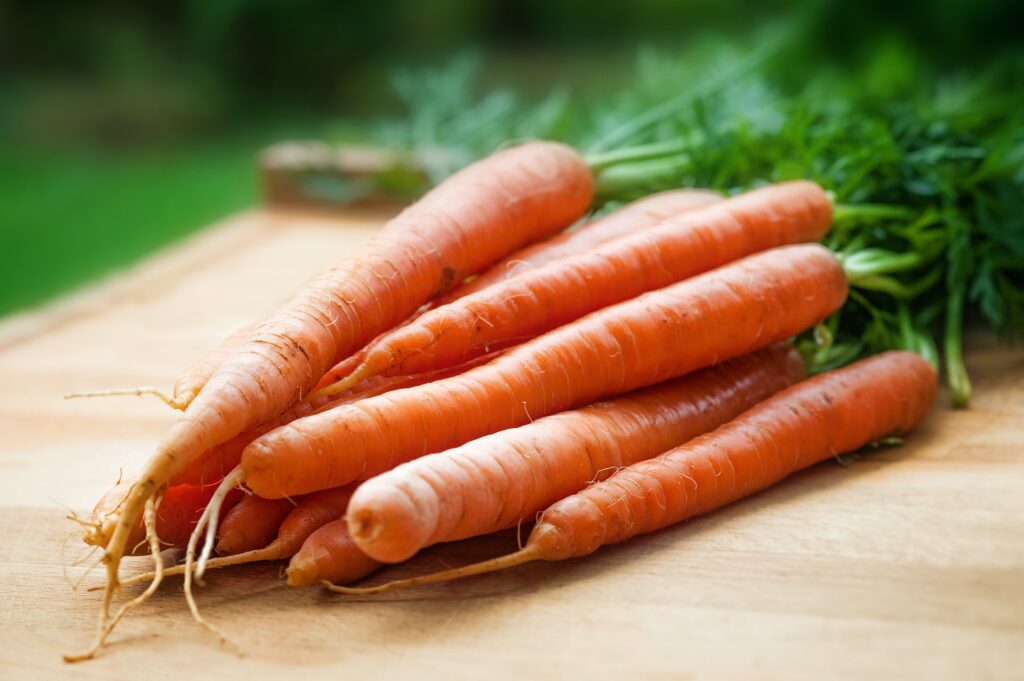
Other Expert Tips for Carrot Storage
- Avoid storing carrots near fruits like apples or bananas, as they can cause carrots to ripen and spoil faster.
- Regularly check your stored carrots and remove any that show signs of spoilage to prevent it from spreading to others.
- For a quick snack, keep a container of pre-cut carrots in your fridge. They’re a healthy and convenient option when you’re on the go.
How to Revive Your Carrots With Filtered Water
If your carrots have become limp or slightly soft, you can revive them by soaking them in filtered water. Place the limp carrots in a bowl of cold, filtered water and let them sit for several hours, or even overnight, in the refrigerator. The carrots will absorb the water and regain their crispness. This simple method works because the cells of the carrots rehydrate and become firm again. However, it’s best used for carrots that are only slightly wilted and not spoiled.
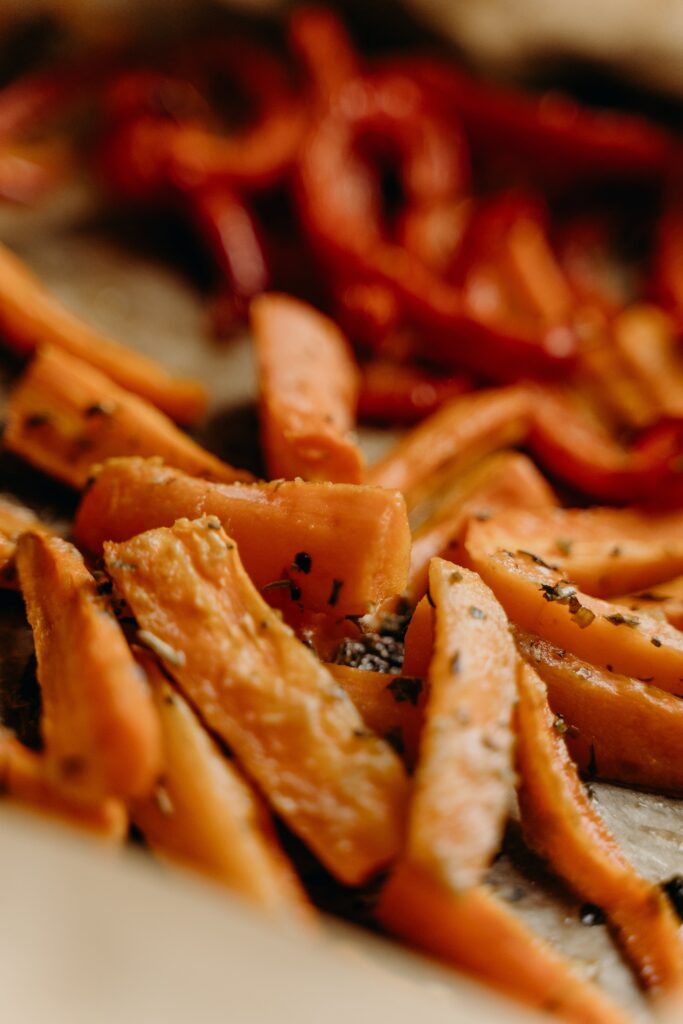
Can You Freeze Carrots
Yes, you can freeze carrots. To do so effectively, blanch them first to preserve their texture, color, and nutritional value.
How to blanch carrots for freezing
Blanching involves boiling the carrots for a few minutes, then quickly cooling them in ice water. After blanching, drain the carrots well and place them in airtight freezer bags or containers. Frozen carrots can last up to 12 months and are best used in cooked dishes, as freezing can change their texture.
How to Thaw Carrots
To thaw frozen carrots, you have several options depending on how you plan to use them:
- Refrigerator Thawing: The safest method is to transfer the frozen carrots to the refrigerator and let them thaw overnight. This slow process helps maintain the texture and prevents bacterial growth.
- Cold Water Thawing: For a quicker method, place the frozen carrots in a leak-proof bag and submerge them in cold water. Change the water every 30 minutes to ensure it stays cold. This method can thaw carrots in a few hours.
- Microwave Thawing: If you’re in a hurry, you can use the microwave. Place the frozen carrots in a microwave-safe dish and use the defrost setting or a low power setting. Stir occasionally to ensure even thawing. Note that this method can make the texture of the carrots slightly softer.
- Cooking Without Thawing: For many recipes, especially soups and stews, you can add frozen carrots directly to the dish during cooking. This saves time, and the cooking process will thaw them.
Remember, once thawed, carrots should be used relatively quickly and should not be refrozen. Also, the texture of thawed carrots is usually best suited for cooked dishes, as freezing and thawing can change their texture.
Ready to Use Your Carrots? Try These Recipes!
- Brown Sugar and Honey Glazed Carrots
- Carrot and Celery Soup (with Apples and Ginger)
- Healthy Banana and Carrot Muffins
- My Favourite Carrot Cake
- Crispy Carrot Fries
- Roasted Carrots with Thyme
Other Helpful Kitchen Guides
- How to Store Strawberries Properly
- How to Store and Freeze Sourdough Bread
- How to Store Banana Bread of Maximum Freshness
- How to Store Brownies
In Conclusion
Proper carrot storage is essential in any home kitchen. Whether you’re storing whole carrots, baby carrots, or even peeled and cut carrots, remember the key is to keep them cool and moist. By following these storage tips, you can ensure that your carrots stay fresh and delicious for as long as possible, ready to be transformed into scrumptious meals for you and your family. Remember, fresh food storage is an integral part of maintaining a healthy and sustainable kitchen!

Christopher is a food and lifestyle expert, recipe developer and the content creator behind May Eighty Five. With years of experience in the kitchen, he also shares tips, tricks and how to’s that he has learnt over the years. Every week, he shares quick, simple and mostly healthy recipes along with some home and entertaining tips. You will find flavorful cocktails, delicious appetizers, tasty mains and some indulgent desserts. As a home decor enthusiast, he also likes to share simple DIY projects and simple tips for a beautiful home.


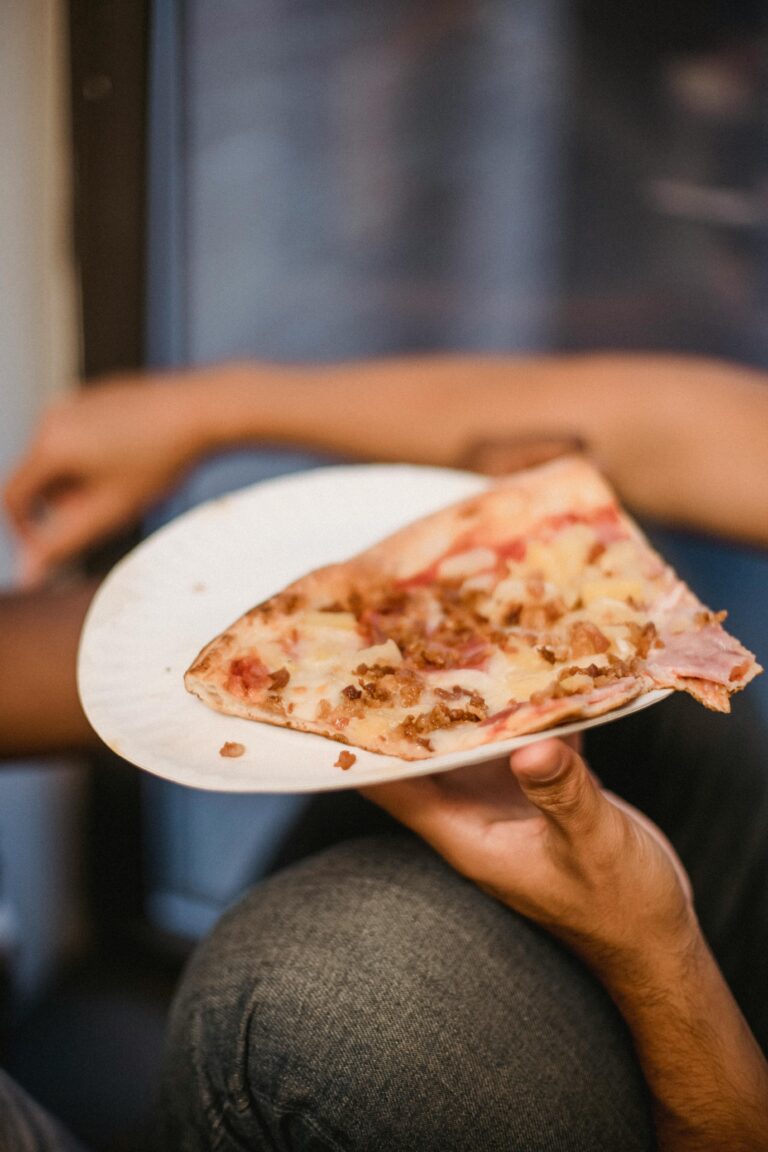

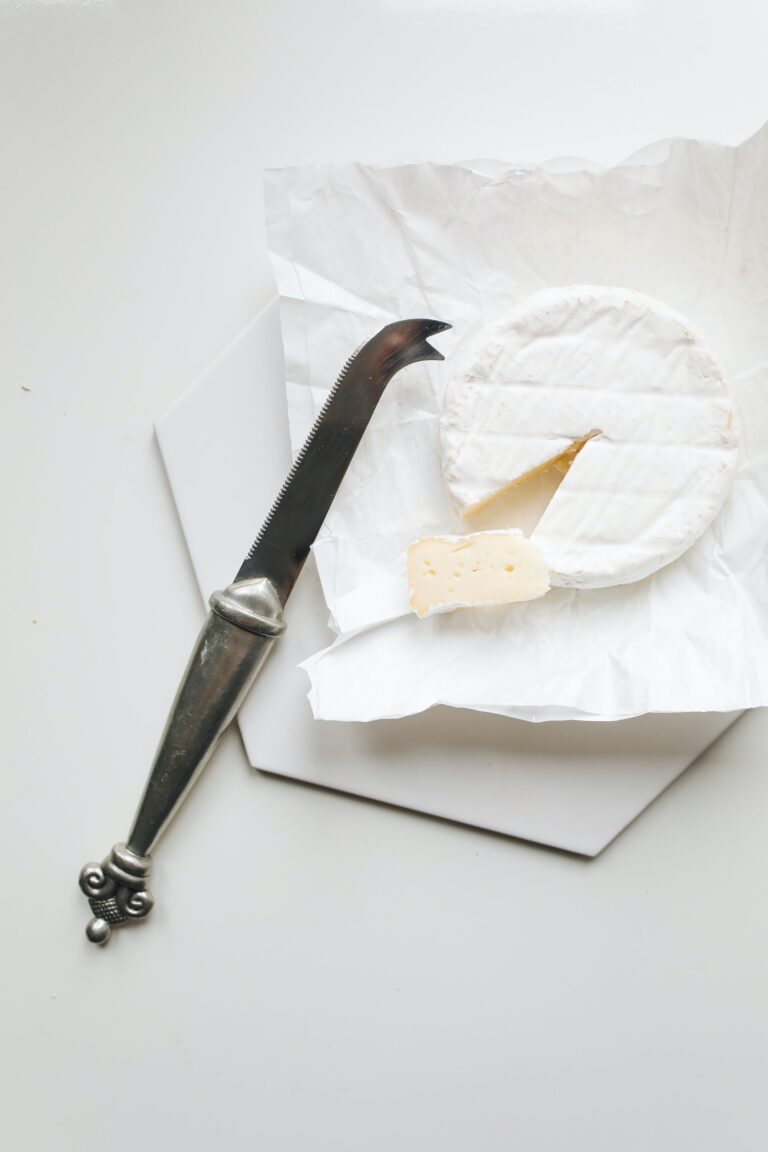
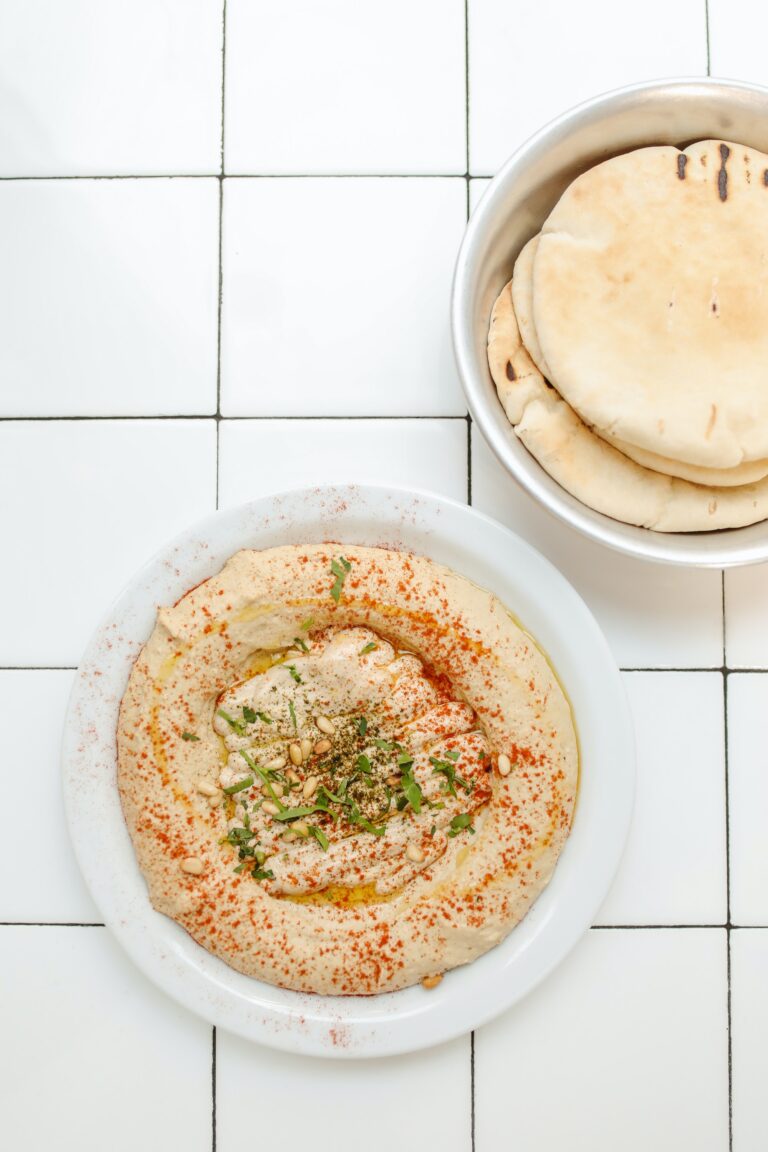
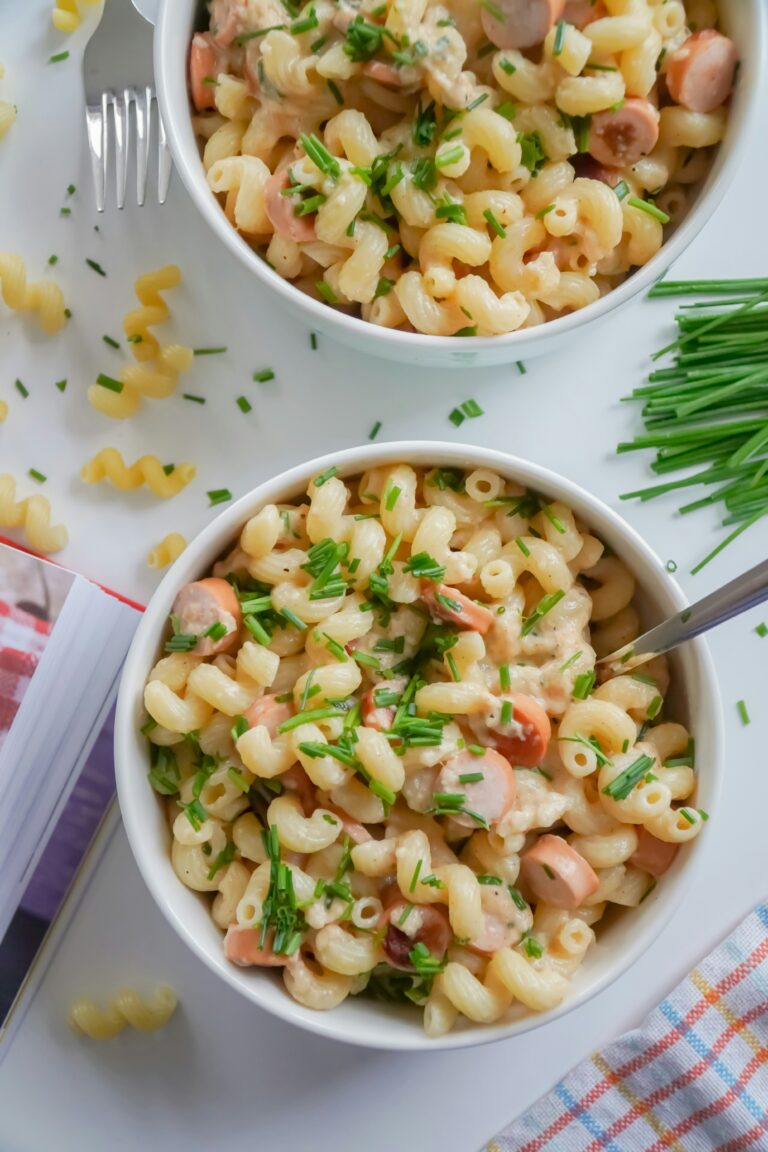
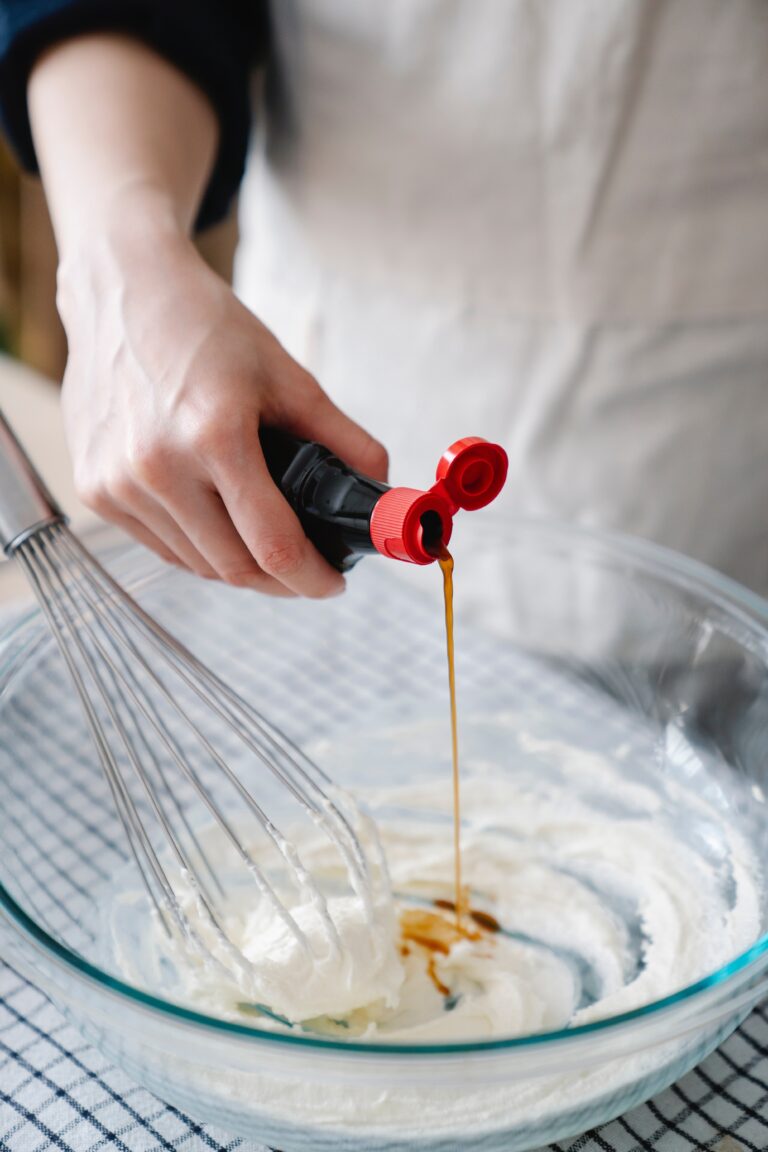
2 Comments